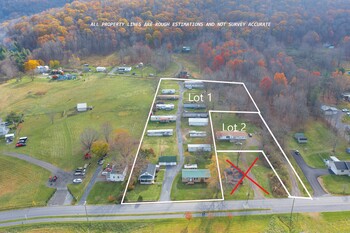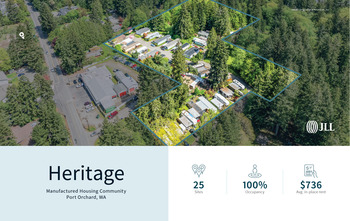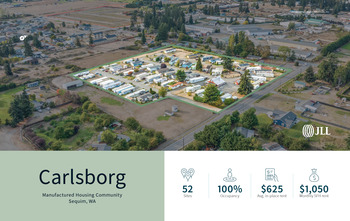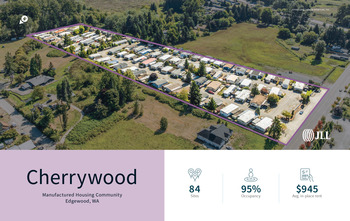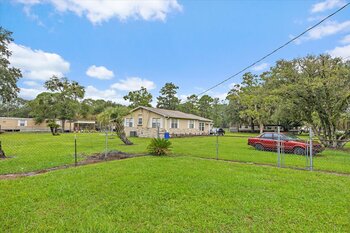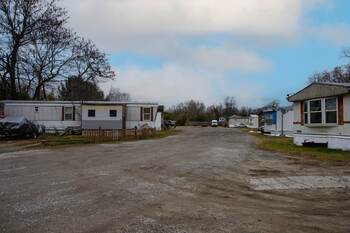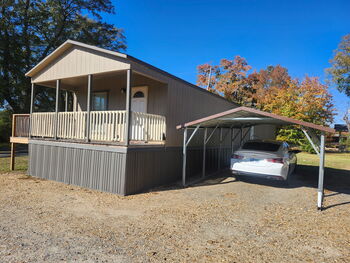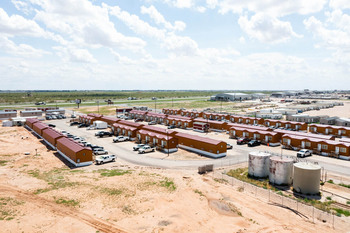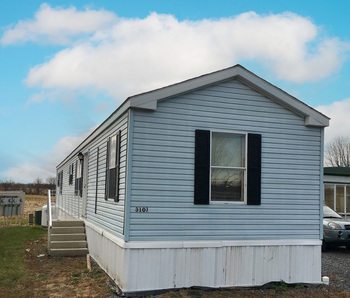Navigating the 2025 Manufactured Housing Market: Growth Projections and Investment Implications
Article Featured
The manufactured housing sector is entering a transformative phase in 2025, driven by shifting demographics, increasing housing demand, and favorable economic policies. Investors, developers, and policymakers alike are keeping a close eye on market trends and growth projections, as the sector continues to evolve as a viable solution to the affordable housing crisis in the United States.
Market Growth Projections for 2025
The manufactured housing market is expected to see sustained growth through 2025, with projections indicating a compound annual growth rate (CAGR) of 6–8%. Several factors are contributing to this trend:
Affordability
Affordability remains the cornerstone of manufactured housing’s appeal. As home prices continue to climb in many parts of the United States, manufactured homes offer a much-needed alternative for budget-conscious buyers.
On average, these homes cost 30–50% less per square foot compared to traditional site-built homes, without compromising on comfort or quality. This price advantage is especially appealing to first-time homebuyers, working-class families, and retirees seeking to downsize without giving up their independence or financial stability. In an era of rising inflation and economic uncertainty, affordability alone is expected to drive significant growth in manufactured housing demand.
Financing Options
One of the historical barriers to manufactured home ownership has been limited access to favorable financing. However, 2025 is seeing marked improvements in this area. Lenders are increasingly offering more competitive loan products tailored specifically to manufactured housing, including fixed-rate mortgages, lower down payments, and flexible credit requirements.
Federal Housing Administration (FHA) backing for certain loans has also enhanced buyer confidence, making homeownership more accessible for a broader swath of the population. These expanded financing options are helping to turn manufactured housing from a niche market into a mainstream solution for affordable living.
Zoning Reforms and Government Support
Local governments are playing a critical role in the growth of the manufactured housing market through progressive zoning reforms. In response to the nationwide housing shortage, municipalities across the U.S. are revising outdated zoning codes that once restricted or outright banned manufactured home communities.
These reforms include allowing for higher-density developments, reducing minimum lot sizes, and fast-tracking permits for mobile home parks. Some states are also offering tax incentives and grants to developers who invest in manufactured housing. By removing bureaucratic barriers and encouraging development, local authorities are enabling a surge in new community openings, further fueling market growth.
This growth is not just theoretical—it’s visible on platforms like Mobile Homes for Sale: 30,000+ New & Used Mobile Homes for Rent or Sale, which showcases the rising availability and interest in both new and used mobile homes.
Investment Implications: A Market Ripe with Opportunity
As the manufactured housing market expands, it offers compelling opportunities for investors. Mobile home parks, in particular, have gained popularity due to their high yield potential and lower operating costs compared to other real estate asset classes.
Platforms like Mobile Home Parks For Sale on MobileHomeParkStore provide extensive listings of investment-ready properties across the U.S., reflecting the growing interest in this niche sector.
Moreover, with increased institutional involvement, the quality and management of these parks are improving, creating a more stable and lucrative investment environment.
Conclusion
The manufactured housing market in 2025 is set for substantial growth, offering significant investment potential. Whether you're a seasoned investor or new to the space, understanding market trends and utilizing the right resources can position you for success in this expanding sector. With tools and platforms readily available, navigating the opportunities in manufactured housing has never been more accessible—or more promising.



